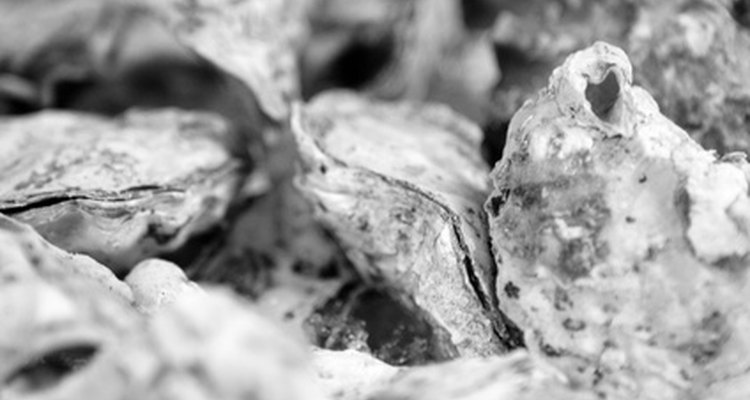
Oysters are a bivalve mollusk with a number of defenses to protect themselves from predators, irritants and disease. The shell, hinged adductor muscles, blood cells and pearl production each do their part to keep an oyster alive.
The Shell
Conchologists of America lists oysters as a bivalved mollusk. The soft-bodied animal is protected with an exterior skeleton consisting of two shells derived from calcium in the oyster's environment. The shells grow as the oyster grows, helping anchor it where the animal lives as well as providing shape and rigidity for protection and camouflage from predators.
The Muscles
In an article on oysters from National Geographic, the mollusk is credited with having extremely strong adductor muscles. The muscles close the two shells together whenever the animal feels threatened.
Immune System
There are threats that get beyond tightly closed shells. In an article regarding the reintroduction of oysters to U.S. coastal waters, the Maryland Sea Grant explains the mollusk does not have a sophisticated immune system like a vertebrae so the oyster's primary defense against any invading disease organisms is a process in which specialized blood cells recognize a foreign invader, ingest that invader and then internally destroys it.
The Pearl
A more familiar form of defense the oyster has against tiny foreign invaders results in the formation of a pearl. Imperial, an expert in pearl jewelry, credits an irritant, such as a piece of sand, working its way into a particular species of oyster. As a defense mechanism, the mollusk secretes a fluid coating the irritant with multiple layers of this fluid on the irritant until a lustrous pearl is formed.
Related Articles

Mother of Pearl Vs. Shell Buttons

The History of Biwa Pearls
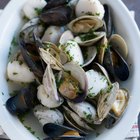
How do Mussels Protect Themselves?

How to Identify a Josten's Insignia Ring
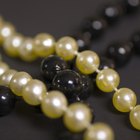
In What Parts of the World Are Valuable ...
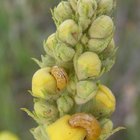
What Foods Attract Maggots?
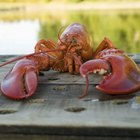
How Often Do Lobsters Shed Their ...
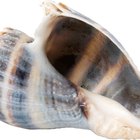
How to Remove Whelk Shells
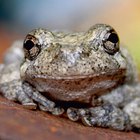
What Do Frog Tattoos Mean?
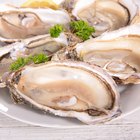
How to Cook Oysters on the Stove
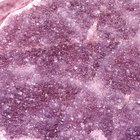
What Is a Pink Amethyst?
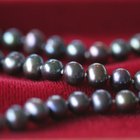
What is the Value of Black Pearls?

How to Determine the Value of Pearls
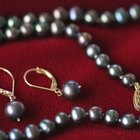
How to Harvest Pearls

Are Farm Raised Mussels & Clams Healthy ...

Semi-Precious Stones Found in Kansas

How to Boil Conch in the Shell
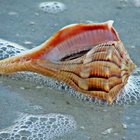
How to Cook Lightning Whelks

How to Devein Tiger Prawns
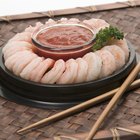
What Is the Dark Line on a Boiled ...
References
Writer Bio
Gregory M. Dew has been writing about arts and culture since 1998. His work has been published in "The Ohio State Lantern," "Columbus Wired" and "Columbus Yogurt." Dew has a Bachelor of Arts in journalism from Ohio State University.
Photo Credits
raw oysters image by Mat Hayward from Fotolia.com